Firstly, Amazon Online Arbitrage Bootcamp refers to a business model where individuals or businesses buy products from one platform, such as retail stores or online marketplaces, and then resell those products on Amazon for a higher price. The goal is to take advantage of price discrepancies between different platforms or locations, allowing the arbitrageur to profit by exploiting the difference.
In the Amazon Online Arbitrage Bootcamp, participants delve into advanced strategies for effective product sourcing, pricing optimization, and navigating the intricacies of the Amazon marketplace. This immersive program empowers entrepreneurs to not only identify lucrative arbitrage opportunities but also master the art of sustaining profitability in the ever-evolving e-commerce landscape.
How to Start with Amazon Arbitrage
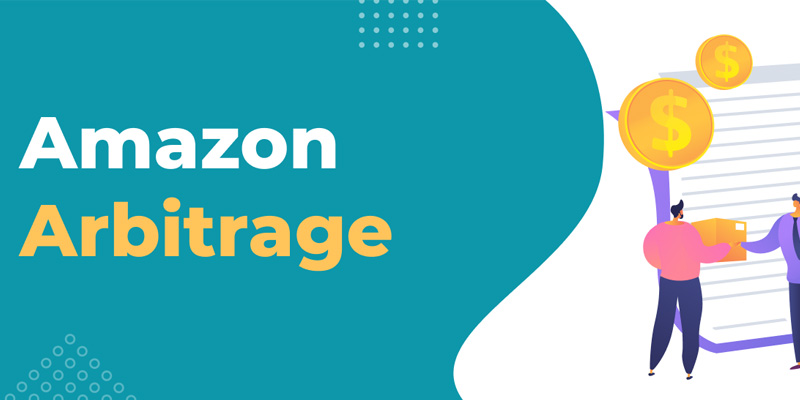
Online Arbitrage Bootcamp involves a series of steps, from understanding the basics of the business model to setting up your Amazon seller account. Here is a step-by-step guide to help you get started:
Step 1: Research and Education
- Learn about the Amazon platform, seller policies, and fees.
- Understand the concept of Arbitrage and how it works on Amazon.
- Research potential niches and products that show consistent demand.
Step 2: Create an Amazon Seller Account
- Sign up for an Amazon seller account. You can choose between an Individual or Professional account.
- Pay attention to the account fees associated with your chosen plan.
Step3: Legal and Business Setup
- Depending on your location and local regulations, consider registering your business.
- Obtain any necessary licenses or permits for your business.
Step 4: Understand Amazon Fees
- Familiarize yourself with Amazon’s fee structure, including listing, referral, and fulfillment fees, if you opt for FBA (Fulfillment by Amazon).
Step 5: Sourcing Products
- Identify sources for products with potential price discrepancies. This can include retail stores, clearance sales, online marketplaces, and more.
- Look for products with a good sales rank and positive reviews on Amazon.
Step 6: Calculate Costs and Potential Profits
- Calculate all costs associated with acquiring, listing, and selling a product on Amazon.
- Determine potential profit margins to ensure that the Arbitrage is financially viable.
Step 7: Listing Products on Amazon
- Create product listings on your Amazon seller account. Include accurate and compelling product descriptions, images, and pricing information.
- Set competitive prices that still allow for a reasonable profit.
Step 8: Choose Fulfillment Method
- Decide whether you will handle fulfillment yourself or use Amazon’s FBA service.
- If using FBA, prepare and ship your products to Amazon’s fulfillment center.
Step 9: Monitor and Optimize
- Regularly monitor your inventory, sales, and customer feedback.
- Optimize your product listings based on performance and customer reviews.
Step 10: Customer Service
- Provide excellent customer service to maintain positive reviews and build a good seller reputation.
- Respond promptly to customer inquiries and address any issues.
Step 11: Scale and Diversify
- As you gain experience and confidence, consider scaling your business by sourcing more products or exploring additional niches.
- Diversify your product portfolio to reduce reliance on specific items.
Step 12: Stay Informed and Adapt
- Keep updated on Amazon’s policies, marketplace trends, and industry news changes.
- Be adaptable and adjust your strategies based on market dynamics.
Amazon 3PL: Efficiency in E-Commerce Fulfillment

3PL (Third-Party Logistics) refers to using external logistics providers to handle various aspects of the e-commerce supply chain and fulfillment processes. Sellers on Amazon often utilize 3PL services to streamline their operations and enhance efficiency in storing, picking packing, and shipping orders. Amazon provides a fulfillment service known as Fulfillment by Amazon (FBA), which can be considered a form of 3PL. Here is how 3PL is relevant to Amazon:
Fulfillment by Amazon (FBA)
This is Amazon’s own 3PL service. Sellers can send their inventory to Amazon’s fulfillment centers, and Amazon handles storage, order processing, packing, and shipping. Additionally, FBA offers customer service and handles returns on behalf of the seller.
External 3PL Providers
Some Amazon sellers may use third-party logistics companies other than Amazon’s FBA. These external 3PL providers offer warehousing, order fulfillment, and shipping services. Sellers maintain control over their inventory and may have more flexibility in customizing their logistics solutions.
Get A Free Estimate on Website DesignAmazon Global Platforms
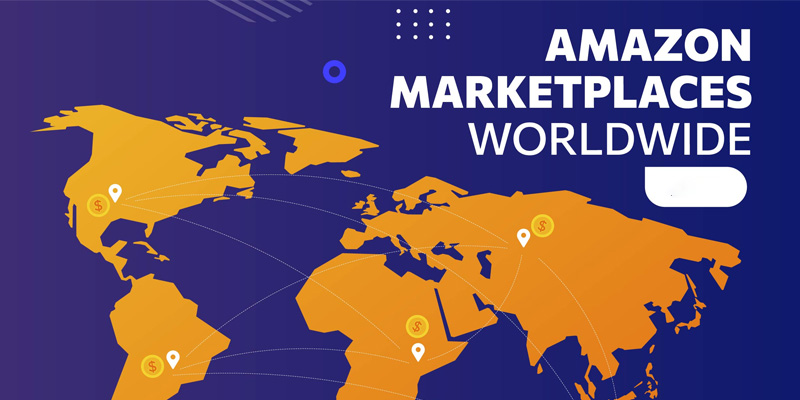
Amazon operates globally, and it has various platforms dedicated to specific regions. Examples include Amazon.co.uk for the United Kingdom, Amazon.ca for Canada, etc. Each platform functions as a localized marketplace with its domain, providing a customized shopping experience for customers in those regions.
Get A Free Estimate on Website DesignStrategies for Successful Amazon Product Flipping

To successfully find products for easy flipping on Amazon, it is developing an eye for market trends and fluctuations. Regul is essential to monitor product prices, demand patterns, and customer reviews to make informed decisions. Utilize data analytics tools to assess the competition and identify niche opportunities. To diversify your product portfolio, experiment with different sourcing channels, such as clearance sales, online marketplaces, and local retailers. Additionally, stay updated on Amazon’s policies and guidelines to ensure compliance, as a solid understanding of the platform’s rules is crucial for sustained success in product flipping.
Get A Free Estimate on Website DesignTools for Building Your Amazon Arbitrage Business
Building an Amazon arbitrage business requires efficient tools to streamline sourcing, manage inventory, and optimize your overall operations. Here are some essential software and tools that can assist you in building and scaling your Amazon arbitrage business:
Keepa
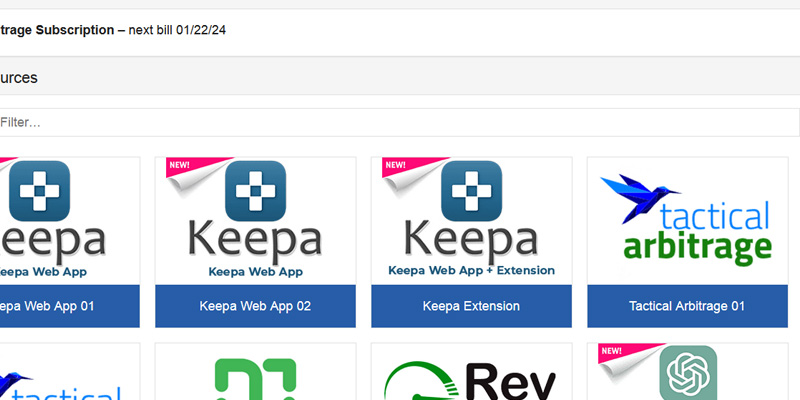
Keepa is a price tracking tool that provides historical price and sales rank data on Amazon. It helps you make informed decisions about product sourcing and pricing.
Tactical Arbitrage
Tactical Arbitrage is a powerful Online Arbitrage Bootcamp tool that scans retail websites for profitable products. It automates the product sourcing process and analyzes data to make informed decisions.
AzInsight
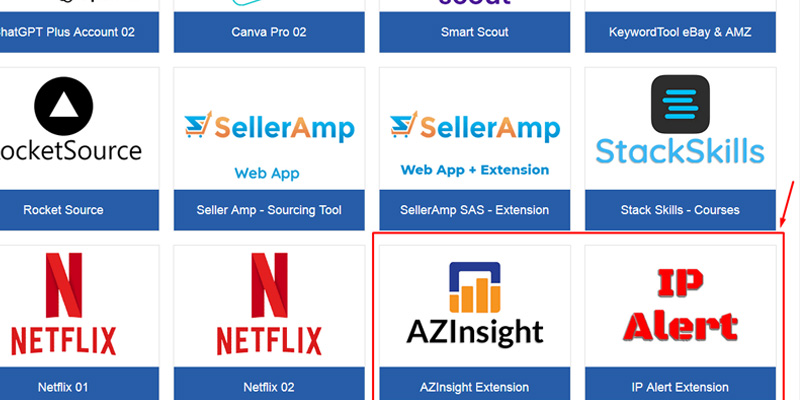
AzInsight is a comprehensive software tool designed for Amazon sellers, offering a range of features to enhance efficiency and decision-making in the e-commerce business.
IP Alert
IP Alert warns users of potential IP claims on Amazon Product Detail Pages. The IP Alert extension will trigger a pop-up and a flashing red siren near the brand name on an Amazon Product detail page. The triggered brands have been crowd-sourced by fellow Amazon sellers and are updated regularly.
Get A Free Estimate on Website DesignSoftware House: Your Partner in Amazon Education

At our Software House, we offer a specialized course designed to equip individuals with the knowledge and skills needed to excel in the world of Amazon. Our Amazon course covers essential topics such as product sourcing, listing optimization, and effective marketing strategies. Whether you’re a beginner exploring e-commerce opportunities or an experienced seller aiming to enhance your Amazon presence, our user-friendly and comprehensive curriculum is tailored to meet your needs.
Why Choose Our Amazon Course?
Our Amazon course goes beyond the basics, providing hands-on training and practical insights to navigate the complexities of online retail. With a focus on simplicity and accessibility, we ensure that participants grasp key concepts easily. Join our Software House’s Amazon course and embark on a learning journey that empowers you to thrive in the dynamic landscape of e-commerce.


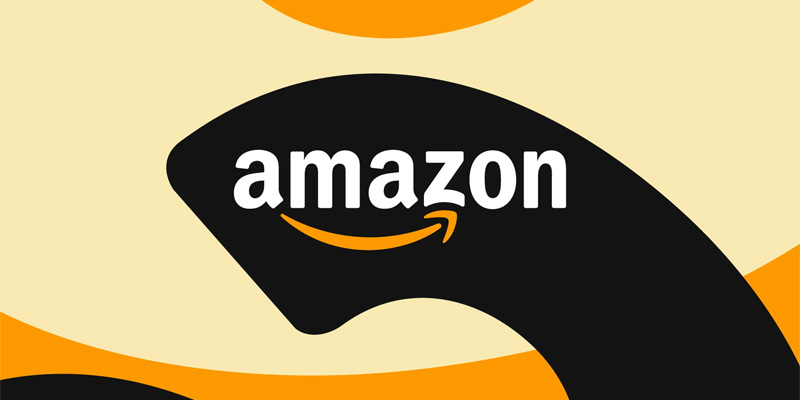




Leave a Reply